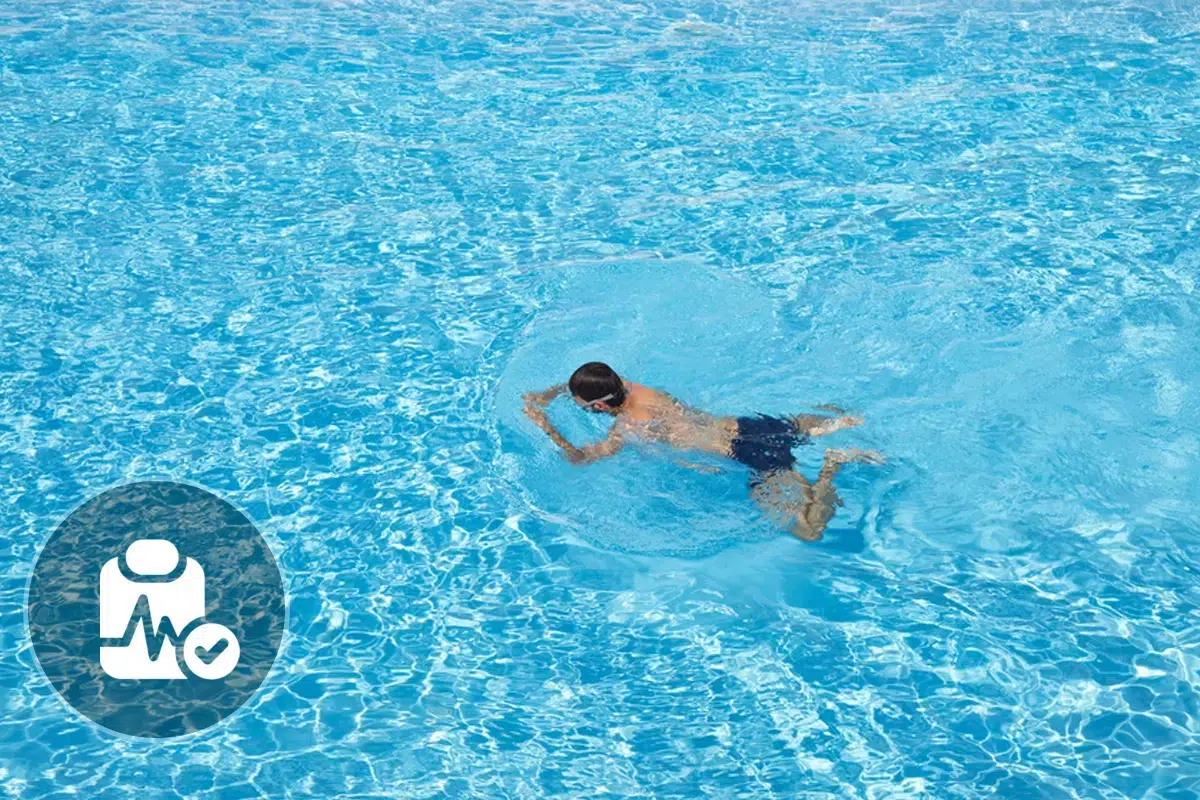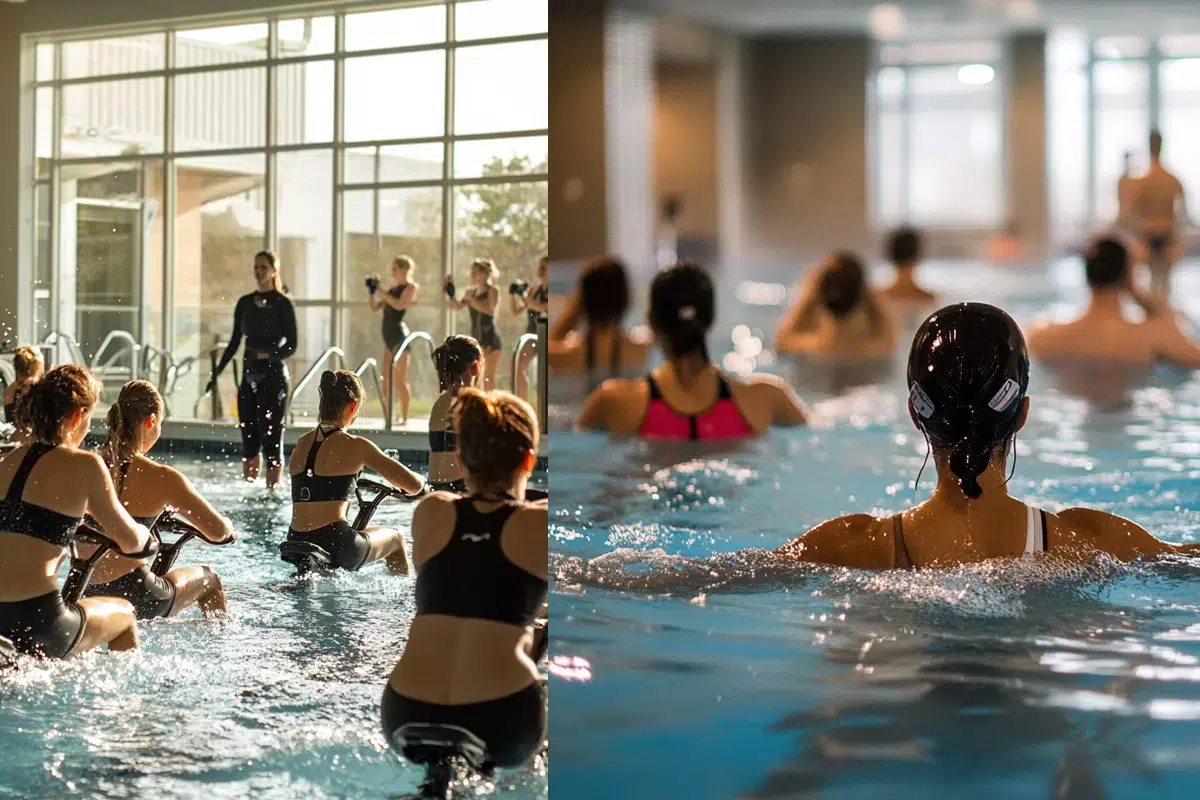Show summary Hide summary
- What are the health benefits of breaststroke swimming?
- More information on breaststroke swimming
- TOP 4 advantages and benefits of breaststroke
- What are the disadvantages of breaststroke?
- Definition and practical information on breaststroke!
- Other water sports: dive into the world of aquatic sports
- Discover the health benefits of other sports!
What are the health benefits of breaststroke swimming?

All you need to know about breaststroke
What are the health benefits of breaststroke swimming? Use the tool below to find out all the benefits of breaststroke swimming and discover whether this sport meets your goals and expectations.
More information on breaststroke swimming
Is breaststroke good for your health? Is it a good sport that’s accessible to everyone? Whether you’re a beginner or an experienced swimmer, you’ll find a list below of the benefits and problems you may encounter when swimming the breaststroke.

TOP 4 advantages and benefits of breaststroke
Swimming the breaststroke has many virtues and allows you to :
- Breaststroke helps you work on your breathing and endurance
- Breaststroke helps to strengthen numerous muscles and make joints more flexible
- Breaststroke activates venous circulation and relieves the sensation of heavy legs
- Breaststroke gives you a feeling of calm and well-being
What are the disadvantages of breaststroke?
There are more advantages to breaststroke than disadvantages. As with any swimming sport, there are certain pathologies to watch out for (skin problems, lung infections, neurological problems, lower back pain, joint problems, tendonitis, etc.). Breaststroke requires frequent knee movements, which can weaken the knees and cause pain in people with osteoarthritis. If in doubt, it’s always best to seek medical advice.
Definition and practical information on breaststroke!
What is breaststroke? When and how?
Breaststroke is a symmetrical, ventral swimming technique that requires synchronised arm and leg movements.
To describe it very briefly, the breaststroke technique is performed in two stages. First, the arms extend and the legs propel, then the arms pull and the legs return with the head, back and shoulders out of the water (breathing). Compared with the crawl, backstroke or butterfly, breaststroke is a slow stroke that is accessible to everyone. In fact, it’s the first swimming technique that beginners learn.
What’s the difference between breaststroke and other swimming techniques?
- The front crawl is the fastest swimming technique. The swimmer lies on his stomach and alternately rotates his arms while kicking his legs.
- The back crawl is an asymmetric stroke in which the swimmer swims on their back. The swimmer alternates between arm and leg movements to propel himself.
- Butterfly swimming is a symmetrical stroke in which the swimmer propels himself by pulling and pushing his arms and undulating his legs and hip.
- Synchronised or artistic swimming is a combination of dance and swimming that consists of reproducing gymnastic figures to music.
Other water sports: dive into the world of aquatic sports
Water sports offer an excellent opportunity to strengthen your body while staying refreshed. They are perfect for improving cardiovascular fitness, muscle strength, and flexibility, all while being gentle on the joints. Discover these aquatic activities to diversify your training:
- Aquabiking: Strengthen your legs and improve your cardio by pedaling in the water.
- Aqua gym: Develop strength and flexibility through dynamic water exercises.
- Kayaking: Enhance your coordination and upper body strength while navigating in a kayak.
- Scuba diving: Explore underwater environments while enhancing your breathing and relaxation.
All you need to know about breaststroke
Discover the health benefits of other sports!
All sports in detail!




















































